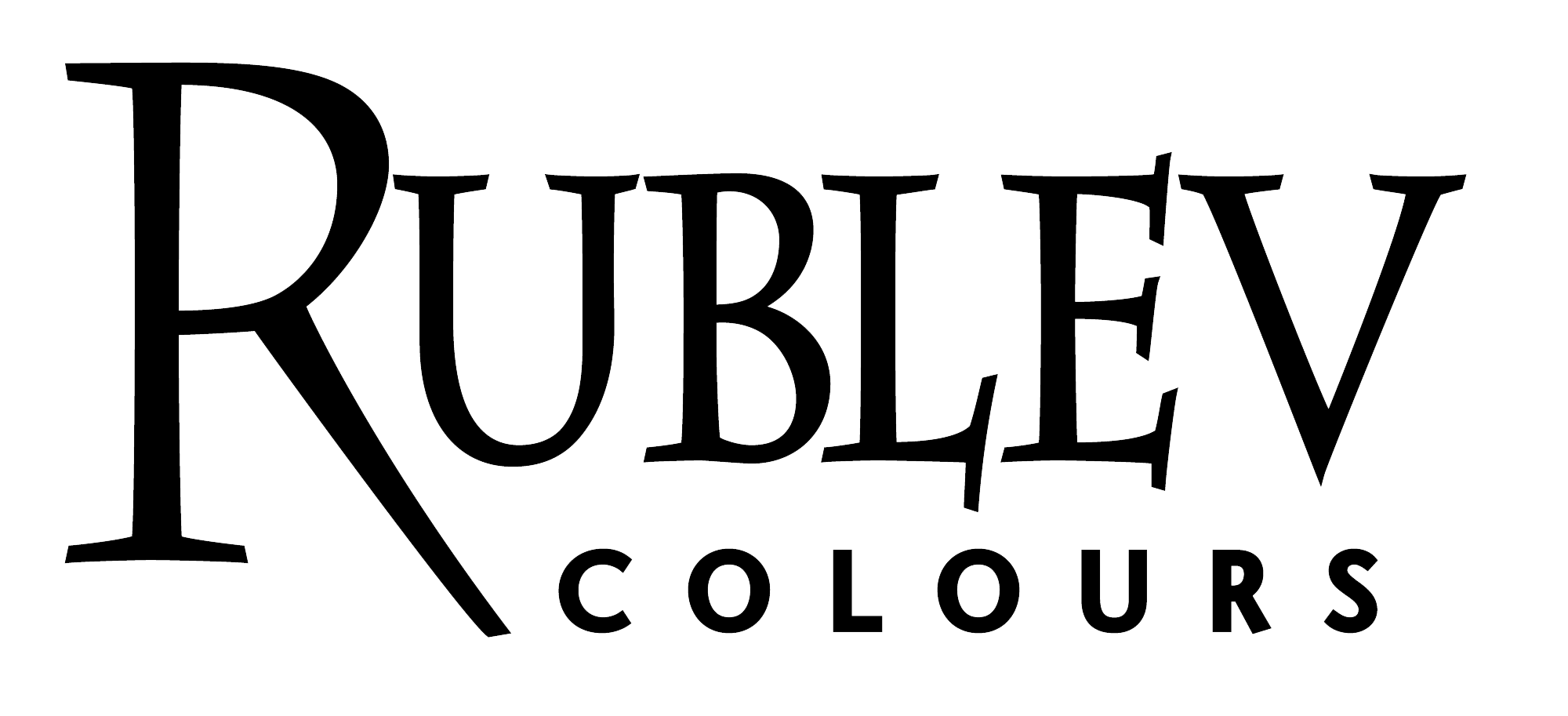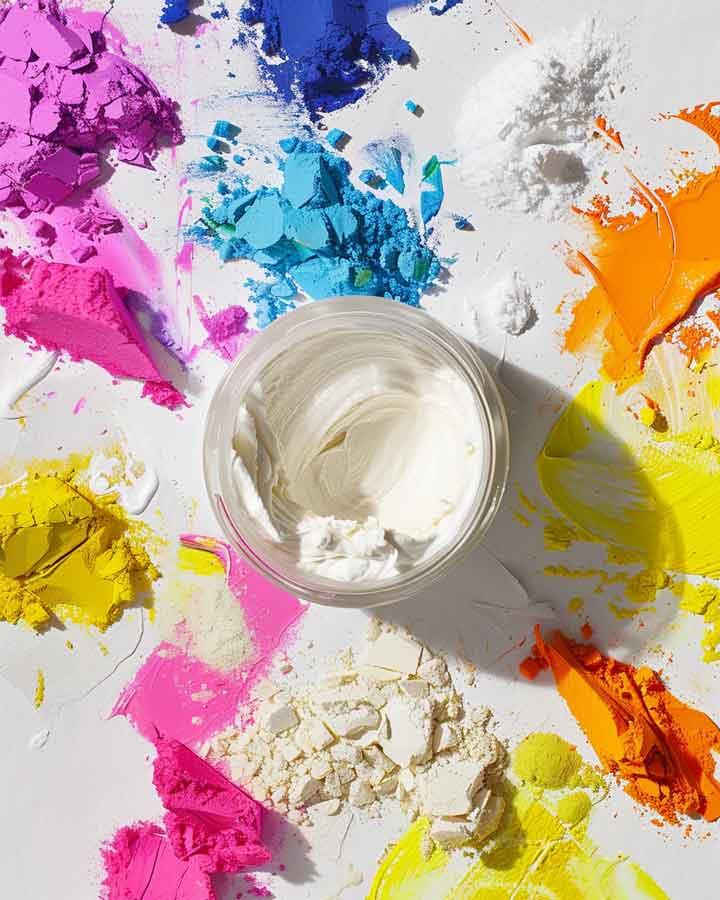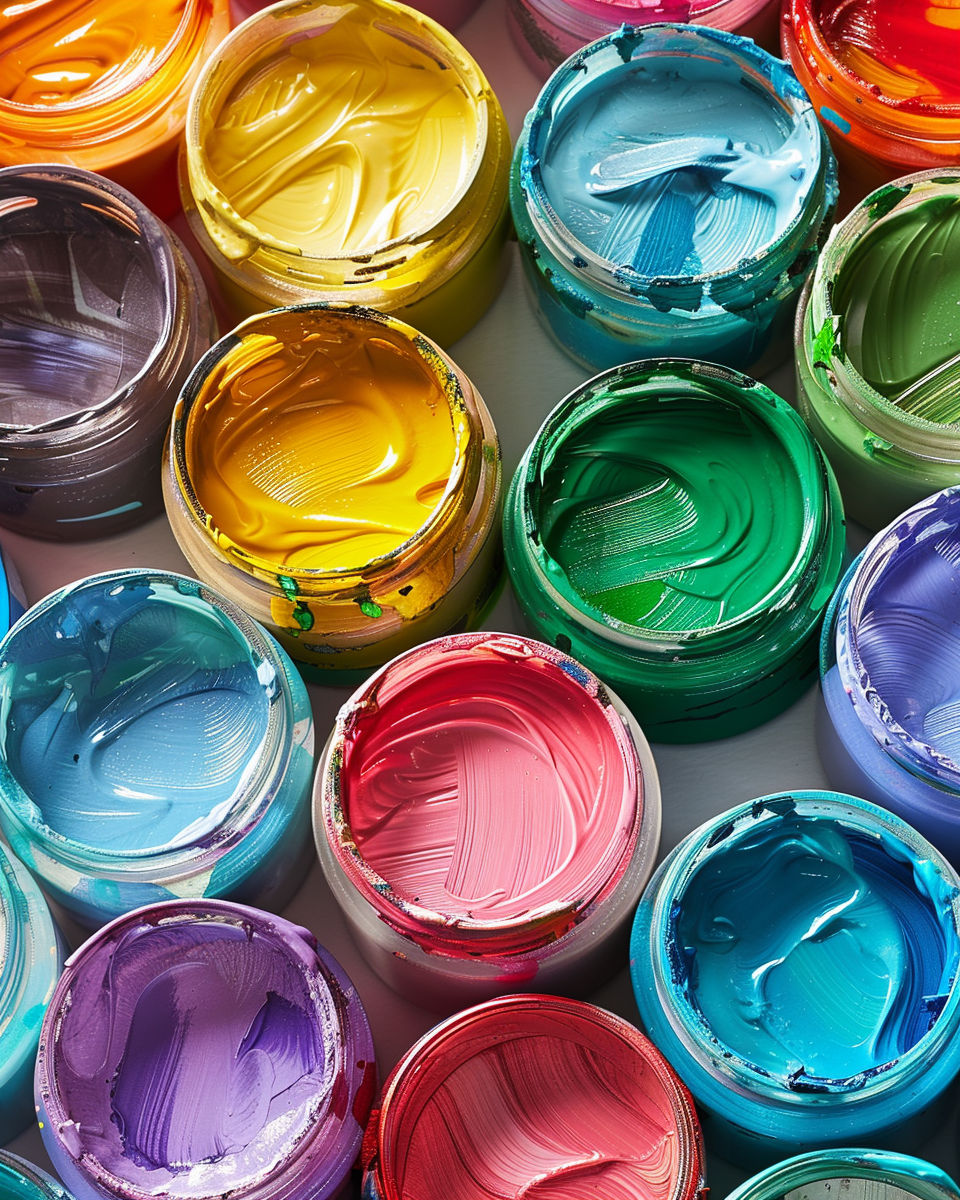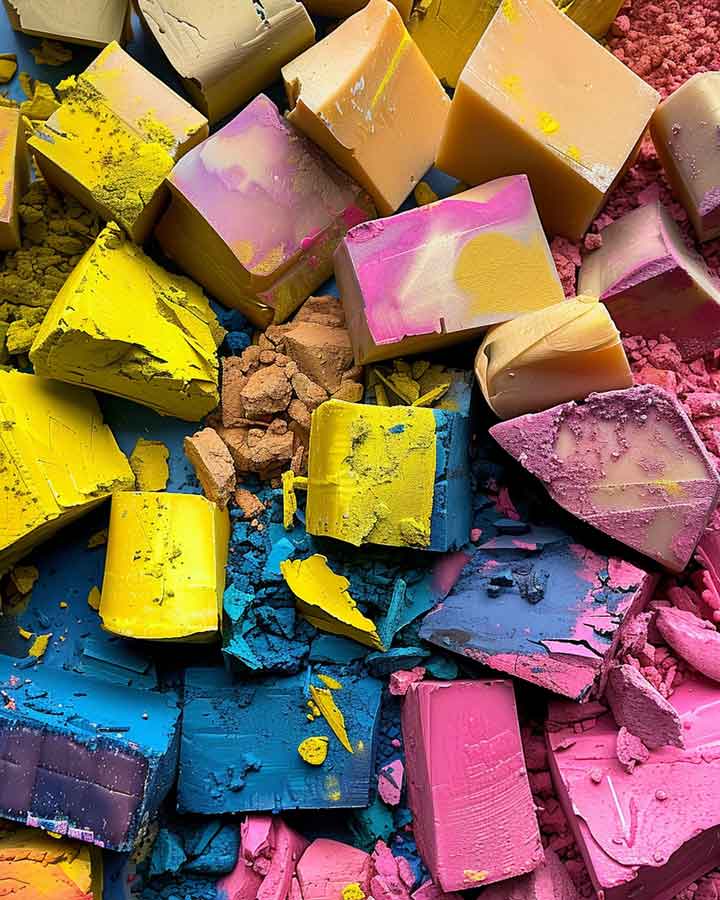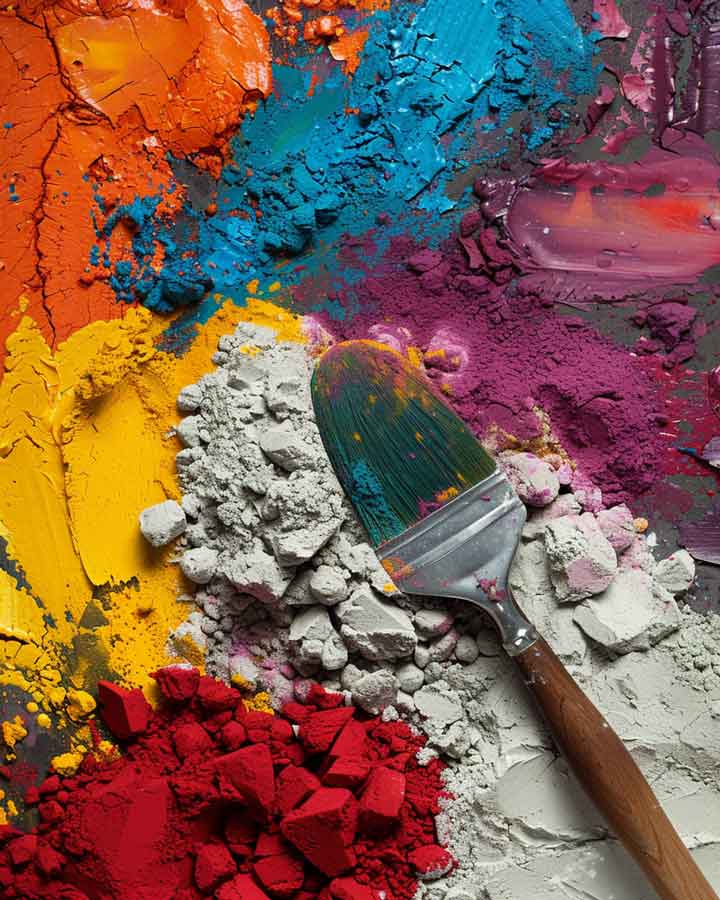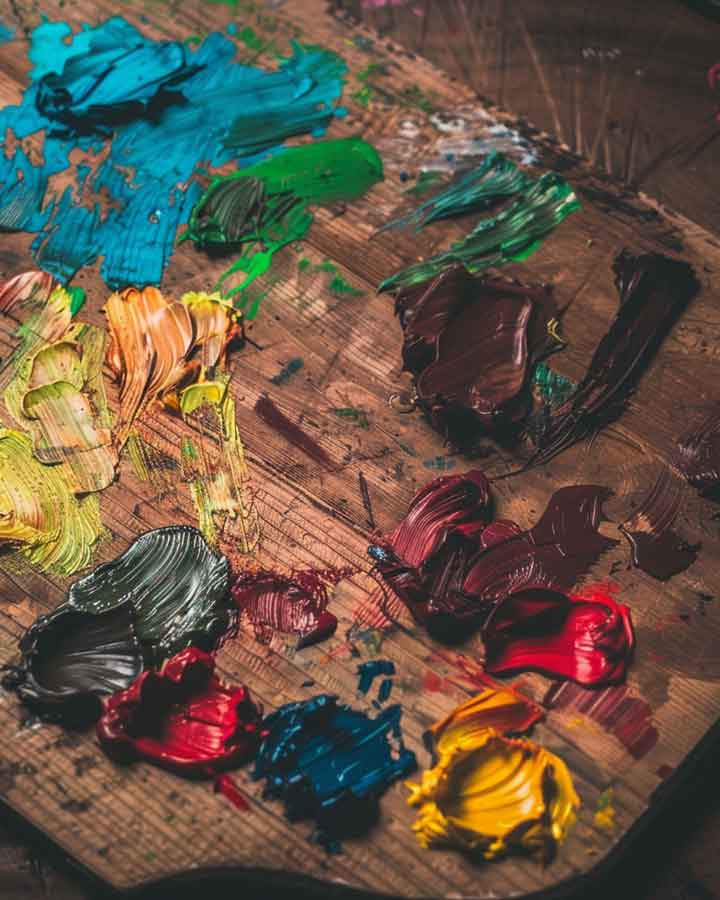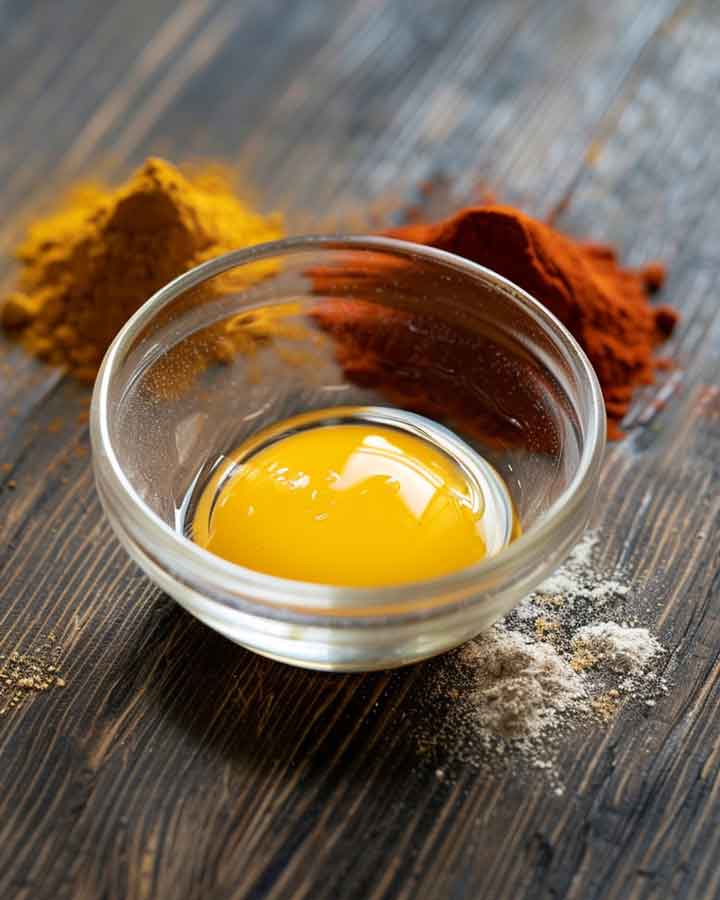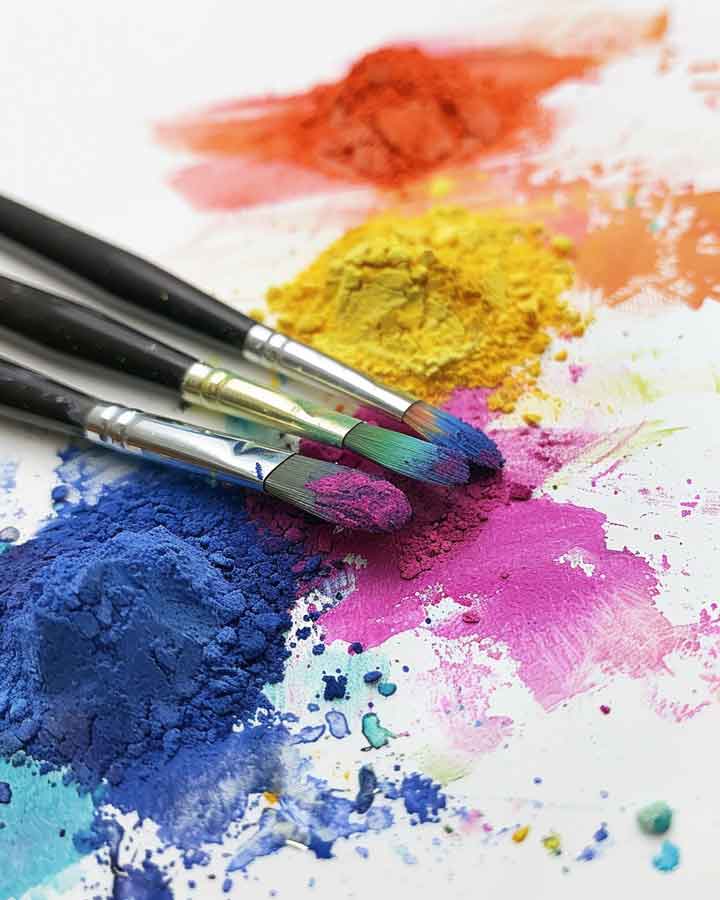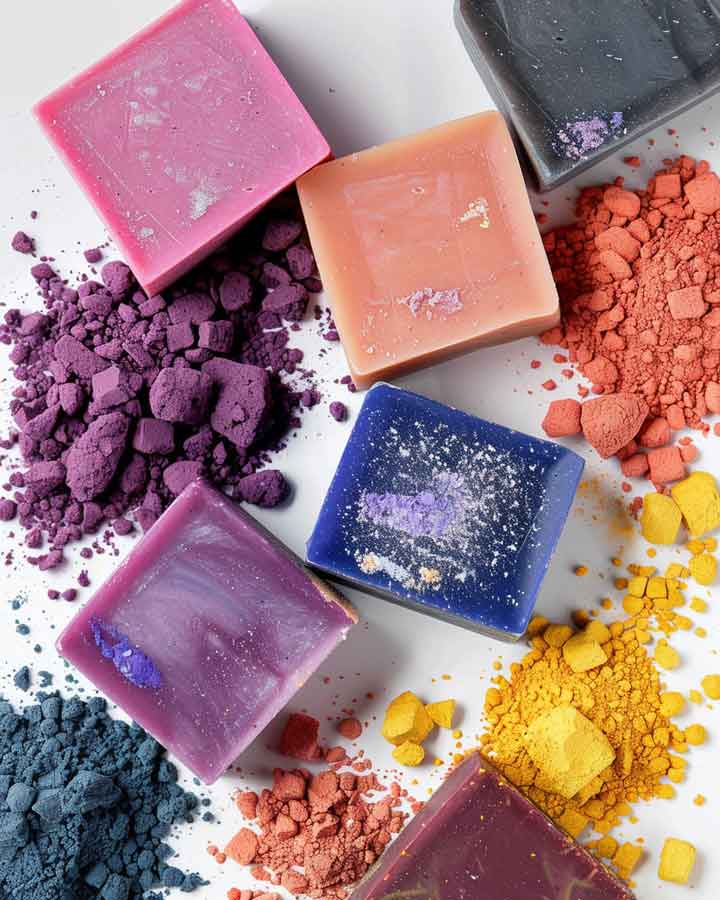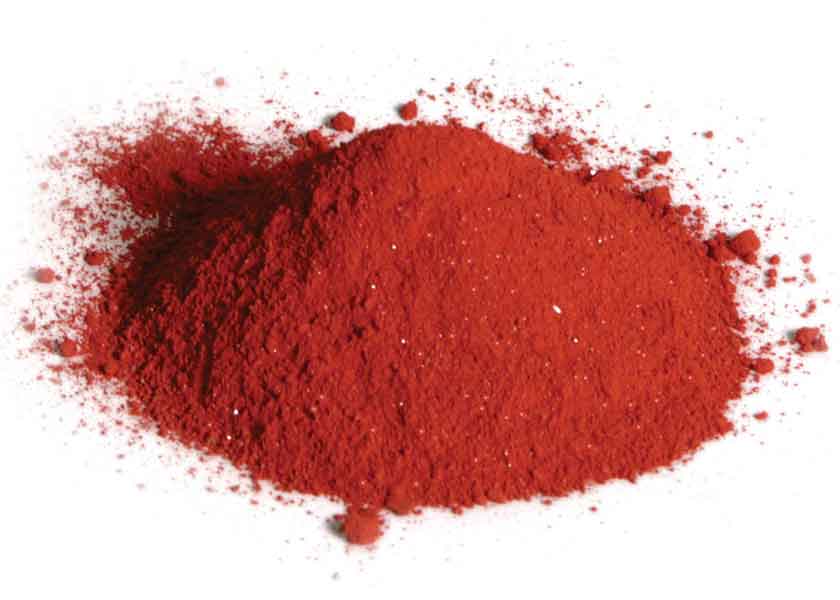- Category
Shop By
Shopping Options
Select the Right Pigments for Your Painting Medium or Application
Not all pigments are suitable for all applications. Pigments used on plaster or concrete or outdoors must be resistant to alkalis present in those structures or acids from the environment.
Natural Pigments especially makes Rublev Colours® pigments for artists. Select the paint category to choose pigments best suited for that painting medium.
Rublev Colours dry powder and aqueous dispersion pigments are made by Natural Pigments. Please read our description of Rublev Colours Pigments for more information. For information about the permanence and composition of Rublev Colours Pigments, visit Pigments Composition and Permanence.
Visit our Swatch and Pigment guide for details on Rublev Colours Pigments images and where to find pigment information.
Frequently Asked Questions
What is a pigment and what is its function?
A pigment is a substance that imparts color to a material. Pigments can be found in many materials, including plants, animals, and human-made products such as paints and dyes. The function of a pigment is to add color or other visual effects to the material in which it is found.
What are the primary types of pigments used in paint?
There are several types of pigments that are commonly used in paint. These include:
- Inorganic pigments: These pigments are derived from minerals and include compounds such as titanium dioxide, zinc oxide, and iron oxide. They are known for their durability and high tinting strength.
- Organic pigments: These are derived from carbon-based compounds and include alizarin, cadmium, and phthalocyanine. They are known for their vibrant colors and high colorfastness.
- Natural pigments: These pigments are derived from natural sources such as plants and minerals. Examples include ochre, sienna, and umber. They are known for their unique color variations and historical significance.
- Synthetic pigments: These pigments are manufactured and include pigments such as azo and quinacridone. They are known for their bright colors and high tinting strength.
- Special effect pigments: These pigments are used to create unique visual effects in paint, such as iridescence or metallic appearance. Examples include mica, bismuth oxychloride, and aluminum.
Many modern paints use a mixture of pigments for various reasons, such as to achieve specific colors, to improve the paint's performance (such as its durability or resistance to fading), and to reduce costs.
What are the major painting mediums, each with specific individual characteristics?
The major painting mediums are oil, acrylic, watercolor, and tempera.
Oil paints are made from pigments suspended in a drying oil, typically linseed oil. They have a slow drying time, allowing for more blending and manipulation of the paint. They also have a rich, thick consistency and can produce various effects.
Acrylic paints are made from pigments suspended in a water-soluble acrylic polymer emulsion. They dry quickly, allowing for fast-paced working methods. They can be thinned with water, but once dry, they are waterproof and can be painted over. They are often used for modern artworks.
Watercolor paints are made from pigments suspended in a water-soluble binder, typically gum arabic. They produce a transparent effect and are typically applied to white or light-colored papers. They are best suited for landscapes and portraits.
Tempera paints are made by mixing pigments with a water-soluble binder, typically egg yolk. They dry quickly and are typically used for paintings on wood, icons, fresco secco, and illuminated manuscripts.
Fresco is a painting technique that applies pigment to wet lime plaster. As the plaster dries and carbonizes, it encases the pigment particle forming a hard and very durable surface. The colors of fresco paintings are bright, and the surface of a fresco is matte, making it an ideal medium for murals and architectural decorative painting.
What medium do most painters use?
Most painters use a variety of mediums depending on their desired outcome and the type of painting they are creating. Some of the most common mediums used by painters include:
- Oil paint: This is a slow-drying medium that allows for a lot of manipulation and blending of colors. Oil paint is often used for creating detailed and realistic paintings, as well as for creating a smooth, even surface.
- Acrylic paint: This is a water-based medium that dries quickly and can be thinned with water. Acrylic paint is often used for creating more spontaneous and impressionistic paintings, as well as for creating a textured surface.
- Watercolor: This is a water-based medium that is transparent and can be easily layered. Watercolor is often used for creating delicate and detailed paintings, as well as for creating a loose, spontaneous style.
- Gouache: This is an opaque water-based medium similar to watercolor but more opaque and less transparent than watercolor. Gouache is often used for creating illustrations and designs.
- Pastel: This is a dry medium made of pigment mixed with a small amount of binder; it can be applied to a surface using the fingers or tools such as sticks or pencils. It's often used for creating delicate and detailed paintings, as well as for creating a loose, spontaneous style.
These are the most common mediums used by painters, but many other mediums and techniques can be used to create different effects and styles.
Is pigment in paint a medium?
Pigment is a paint component, but it is not a medium on its own. A medium refers to the material that the pigment is suspended in. In the case of paint, the medium is typically a liquid (such as oil or water) mixed with the pigment to create a cohesive mixture that can be applied to a surface. Pigment is added to the medium to create color or other visual effects in the paint. The medium provides the paint with its consistency and handling properties, affecting the drying time and final finish of the painting. Pigments are mixed into the medium to achieve the desired color, opacity, and other visual effects. A painting medium is called a binder because it binds pigment particles together to a substrate. Pigments do not dissolve into the paint medium but remain as tiny particles suspended in the liquid. Hence, paint is a colloidal suspension consisting of two phases: solid and liquid.
What do you mix with pigment to make paint?
Pigment is typically mixed with a binder to create paint. The binder is the medium that holds the pigment particles together and allows the paint to be applied to a surface. The most common types of binders used in paint are:
- Oil: Oil-based paints use a binder of natural or synthetic oils, such as linseed oil, poppy oil, or alkyd resin.
- Water: Water-based paints use a binder of water and a water-soluble polymer, such as acrylic, casein, or gum arabic.
- Solvent: Solvent-based paints use a binder of a liquid solvent, such as mineral spirits, turpentine, or xylene.
In addition to the binder, paint can also contain other ingredients such as fillers, thickeners, preservatives, and flow agents. Some pigments can also have specific requirements, such as coatings to protect the [igmeent from the environment.
The binder plays a critical role in the final properties of the paint, such as its consistency, drying time, and durability. It is also the factor that determines the compatibility of the paint with a different surface and the final finish or appearance of the painting.


